Pollution of Water, Soil, and Air in the Village of Krasnaya Rechka Due to Industrial Discharges from the "Tomat KGD" Plant
Coordinates: 42.890432, 74.969226
Such violations have already been recorded on August 13, 2021
The wastewater generated at the tomato paste production plant can cause significant harm to both human health and the environment. Let’s consider what specific consequences may arise.
Harm to Human Health
Microbiological contamination:
Wastewater may contain pathogenic microorganisms such as bacteria, viruses, and fungi. Upon contact with contaminated water or its entry into drinking water sources, these pathogens can cause various diseases, including intestinal infections, hepatitis, and skin diseases.
Chemical contamination:
During the production of tomato paste, preservatives, acids, and other chemicals may be used. If these compounds enter the wastewater, they can cause poisoning, allergies, and long-term health problems in people, especially with prolonged exposure.
Clogging of water bodies:
Residues of organic matter, such as tomato peels, seeds, and other production waste, can lead to bacterial growth, creating unpleasant odors and contributing to the decomposition of organic matter, making the water unsuitable for drinking and bathing.
Harm to Nature and Ecology
Eutrophication: High levels of organic matter and nutrients (such as nitrogen and phosphorus) in wastewater can cause eutrophication of water bodies — a process of excessive growth of algae and plants. This leads to a decrease in oxygen levels in the water, threatening the lives of fish and other aquatic organisms.
Soil pollution: If wastewater from the plant reaches the soil, it can alter its composition and disrupt the ability of plants to grow normally. Chemicals from the wastewater can cause soil salinization and poisoning of agricultural crops.
Reduction of biodiversity: Contaminated water can disrupt the ecosystems of water bodies, threatening populations of fish, amphibians, and aquatic plants. As a result, biodiversity in the region may suffer, negatively impacting ecosystems as a whole.
Toxic effects on animals: Animals that drink contaminated water or feed on plants growing in polluted areas may accumulate harmful substances in their bodies. This can lead to their illness or death, as well as the transfer of toxic substances through food chains.
Examples of possible pollutants: Organic residues: tomato remnants and other biological waste;
Acids and bases: used to regulate pH during production;
Pesticides and chemicals: may enter wastewater from agrochemicals used in tomato cultivation;
Metals: sometimes wastewater may contain heavy metals such as copper or zinc, which are harmful to aquatic organisms.
Thus, wastewater from tomato paste production plants can cause serious harm, but the implementation of modern treatment and regulation methods will help reduce the negative consequences for human health and the environment.
Such violations have already been recorded on August 13, 2021
The wastewater generated at the tomato paste production plant can cause significant harm to both human health and the environment. Let’s consider what specific consequences may arise.
Harm to Human Health
Microbiological contamination:
Wastewater may contain pathogenic microorganisms such as bacteria, viruses, and fungi. Upon contact with contaminated water or its entry into drinking water sources, these pathogens can cause various diseases, including intestinal infections, hepatitis, and skin diseases.
Chemical contamination:
During the production of tomato paste, preservatives, acids, and other chemicals may be used. If these compounds enter the wastewater, they can cause poisoning, allergies, and long-term health problems in people, especially with prolonged exposure.
Clogging of water bodies:
Residues of organic matter, such as tomato peels, seeds, and other production waste, can lead to bacterial growth, creating unpleasant odors and contributing to the decomposition of organic matter, making the water unsuitable for drinking and bathing.
Harm to Nature and Ecology
Eutrophication: High levels of organic matter and nutrients (such as nitrogen and phosphorus) in wastewater can cause eutrophication of water bodies — a process of excessive growth of algae and plants. This leads to a decrease in oxygen levels in the water, threatening the lives of fish and other aquatic organisms.
Soil pollution: If wastewater from the plant reaches the soil, it can alter its composition and disrupt the ability of plants to grow normally. Chemicals from the wastewater can cause soil salinization and poisoning of agricultural crops.
Reduction of biodiversity: Contaminated water can disrupt the ecosystems of water bodies, threatening populations of fish, amphibians, and aquatic plants. As a result, biodiversity in the region may suffer, negatively impacting ecosystems as a whole.
Toxic effects on animals: Animals that drink contaminated water or feed on plants growing in polluted areas may accumulate harmful substances in their bodies. This can lead to their illness or death, as well as the transfer of toxic substances through food chains.
Examples of possible pollutants: Organic residues: tomato remnants and other biological waste;
Acids and bases: used to regulate pH during production;
Pesticides and chemicals: may enter wastewater from agrochemicals used in tomato cultivation;
Metals: sometimes wastewater may contain heavy metals such as copper or zinc, which are harmful to aquatic organisms.
Thus, wastewater from tomato paste production plants can cause serious harm, but the implementation of modern treatment and regulation methods will help reduce the negative consequences for human health and the environment.
The study was conducted with the support of the Global Greengrants Fund (GGF), one of the leading donor organizations in the world supporting the efforts of ordinary people to protect the planet Earth. #GlobalGreengrantsFund #GreengrantsFund #Greengrants #GGF #GlobalGreengrantsFund



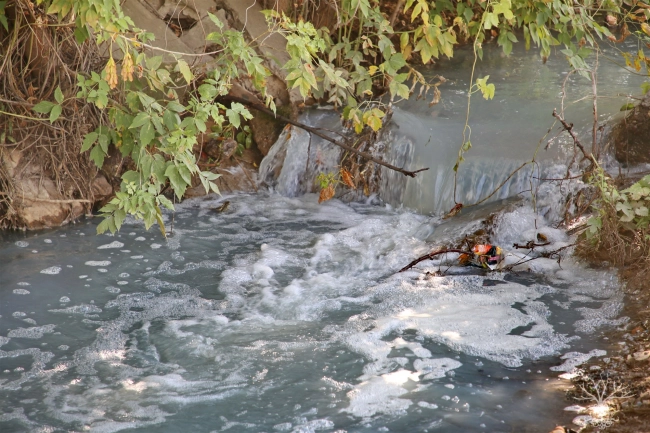
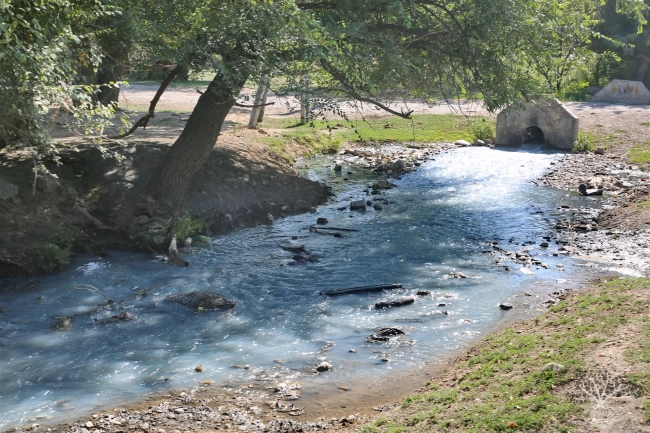
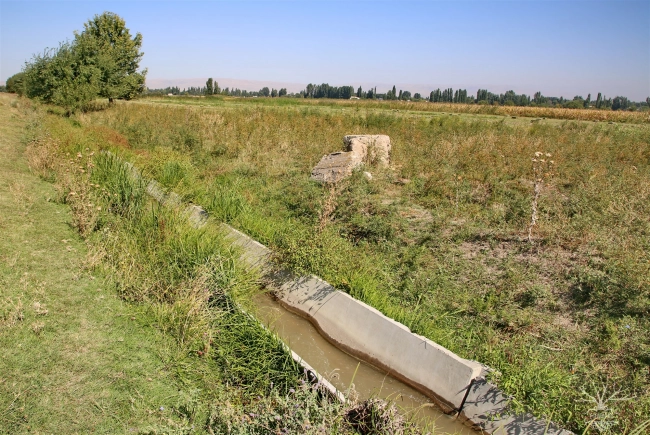
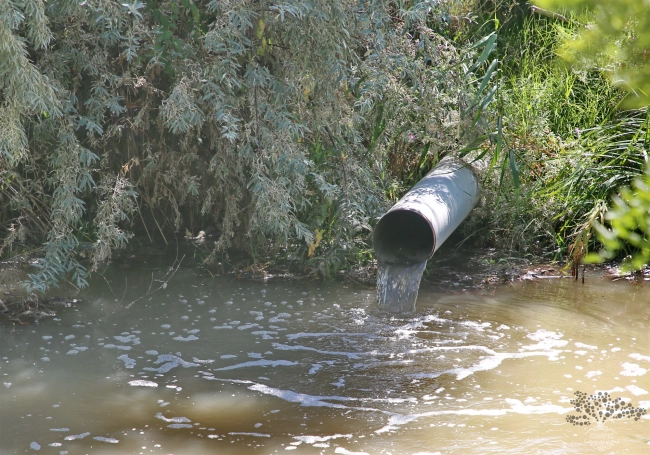
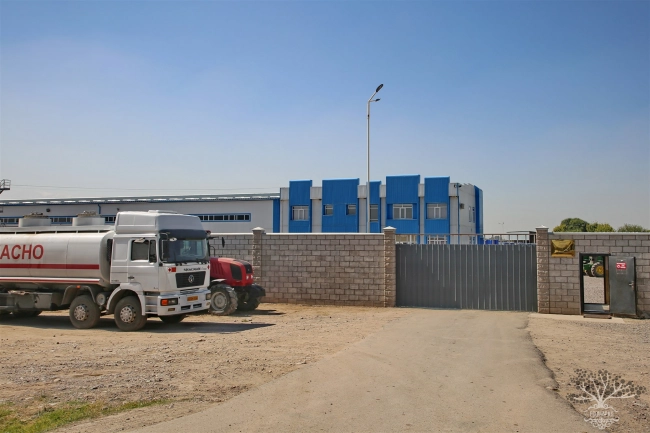

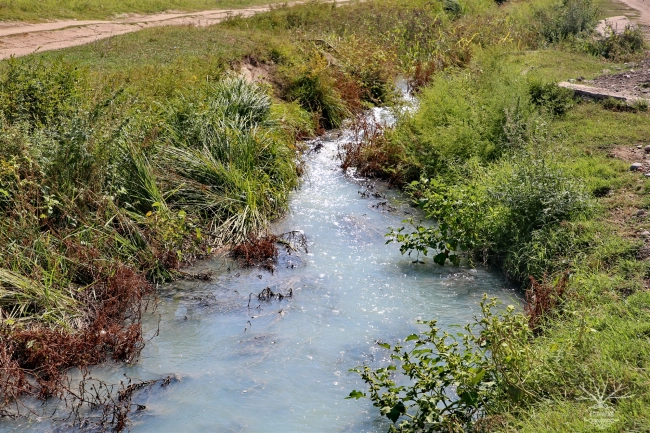
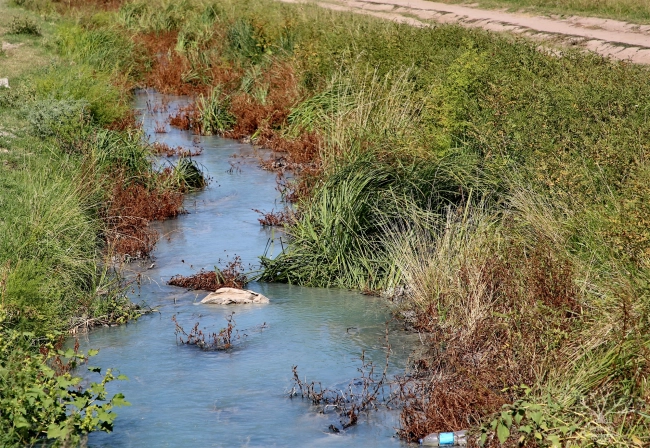

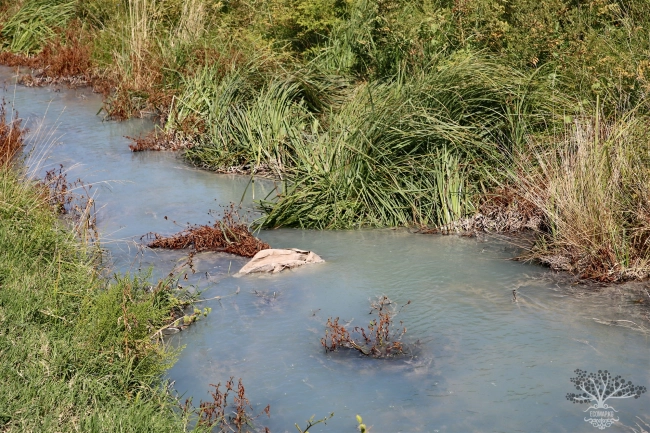


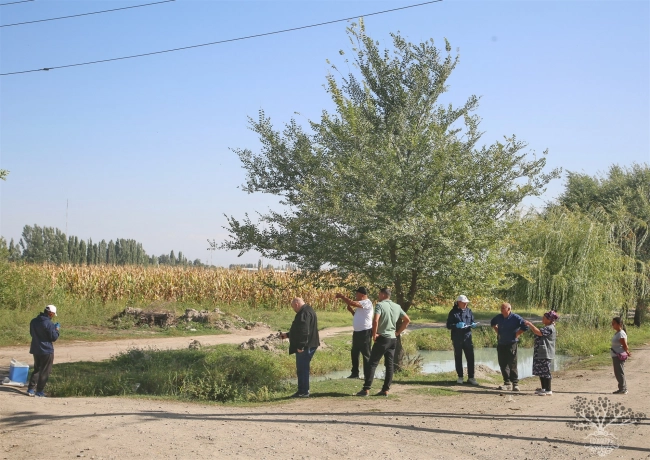
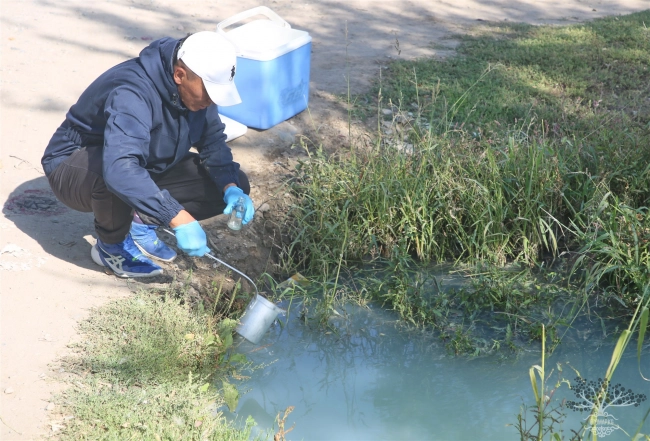
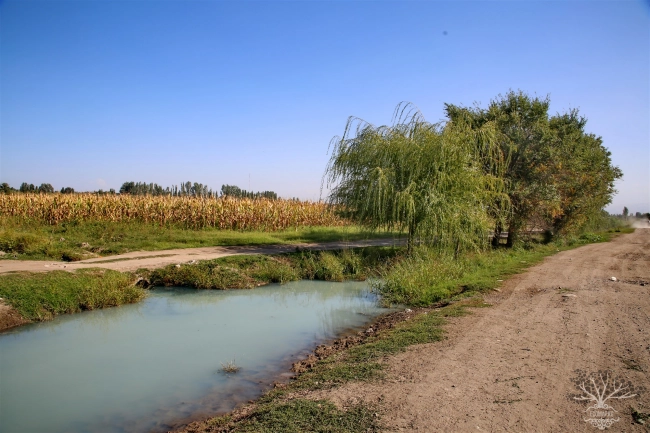

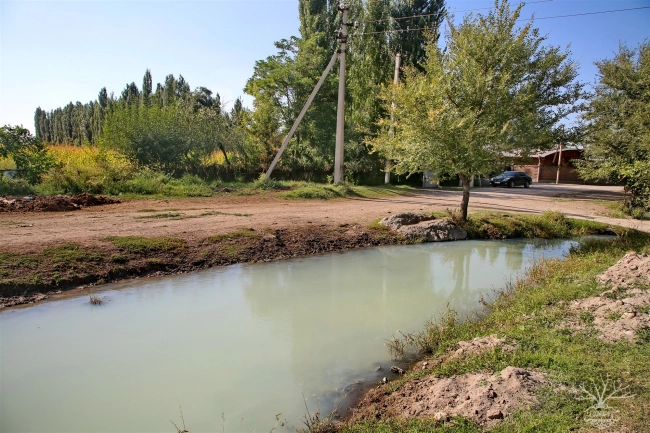
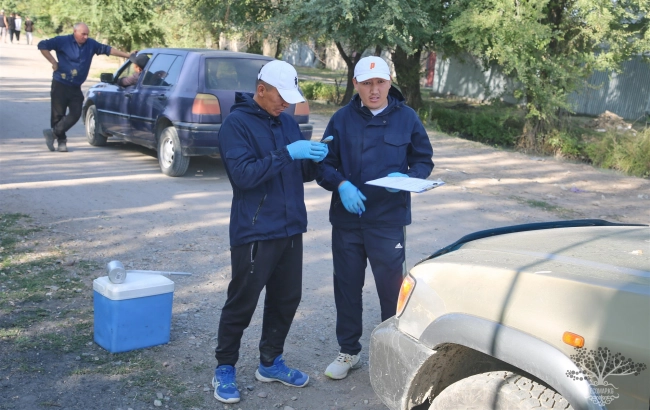
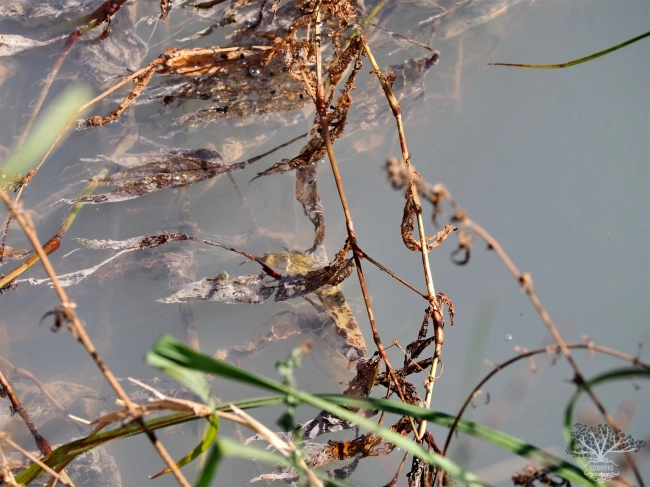
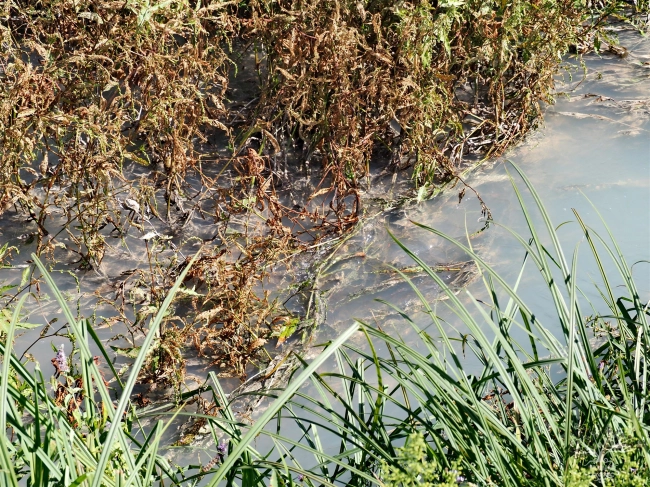
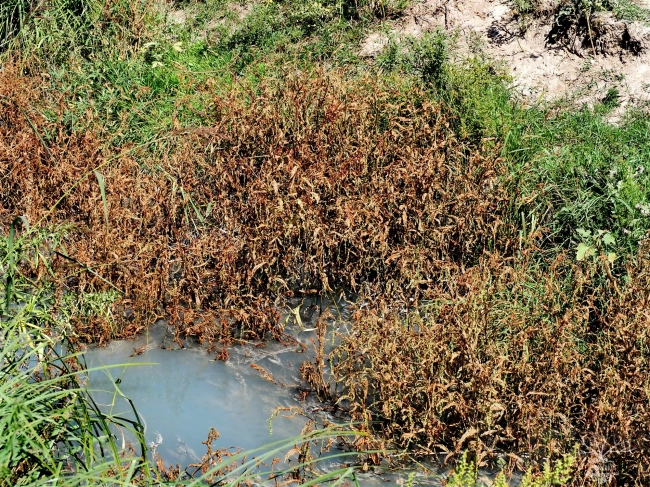

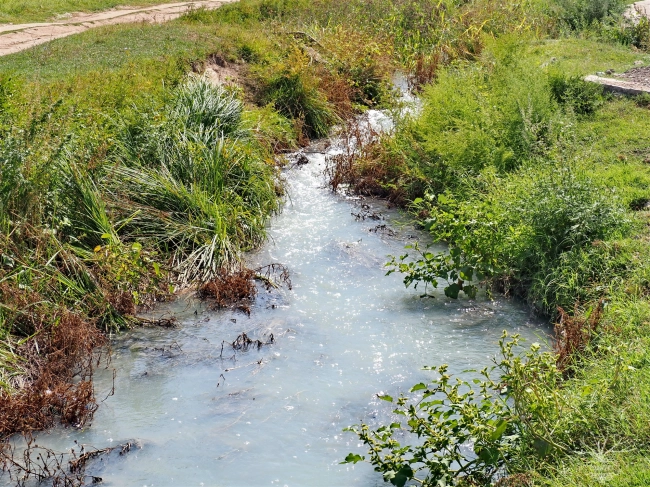
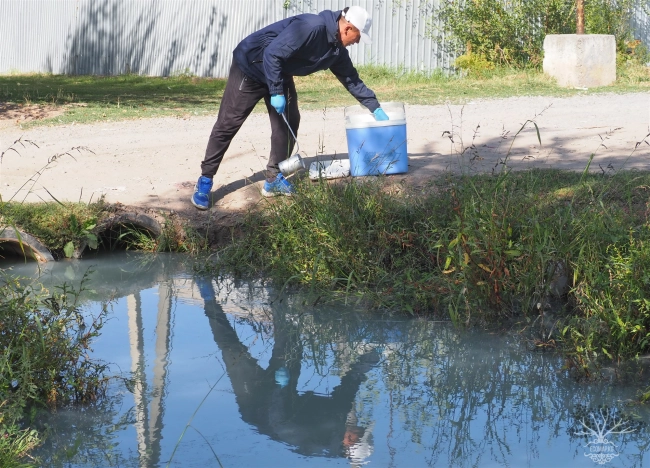


















Attention: Information based on submitted complaints